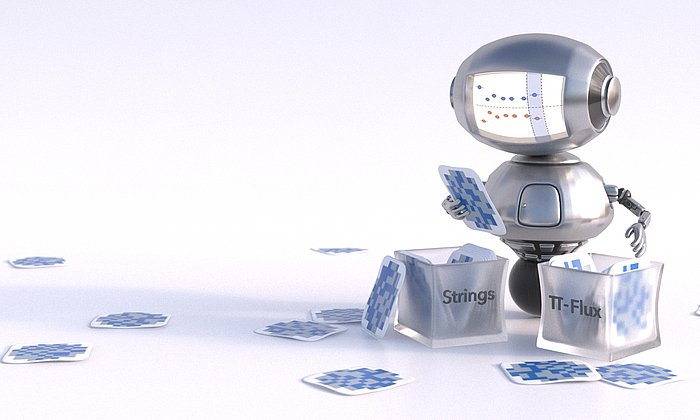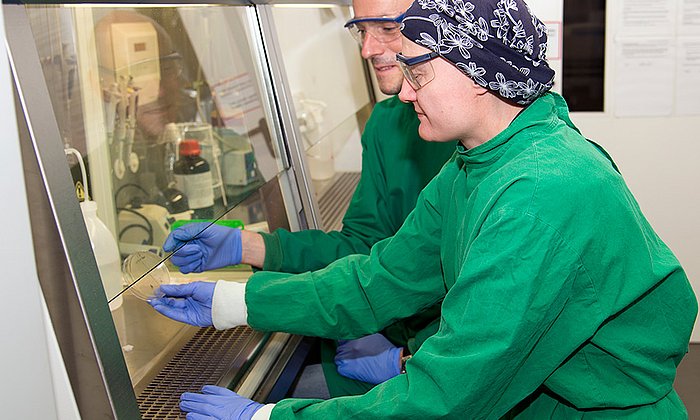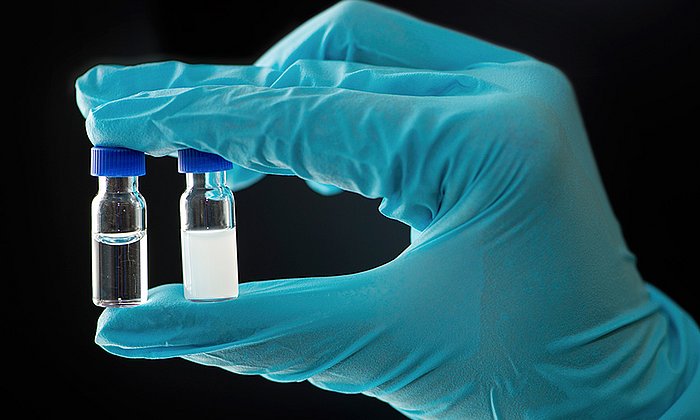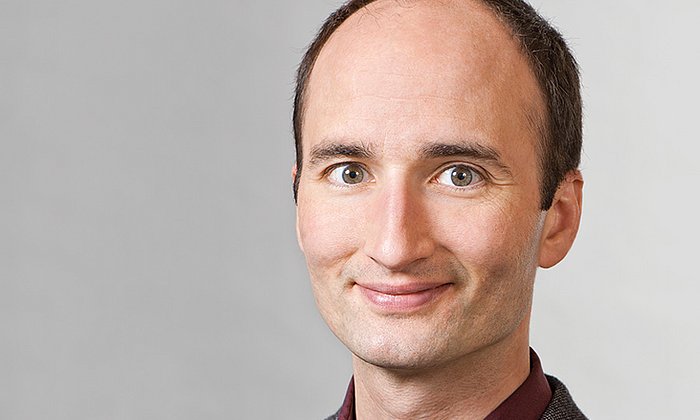ERC Starting Grants: Success for seven chemistry, medicine and physics projects
EU funding for top-level research at TUM
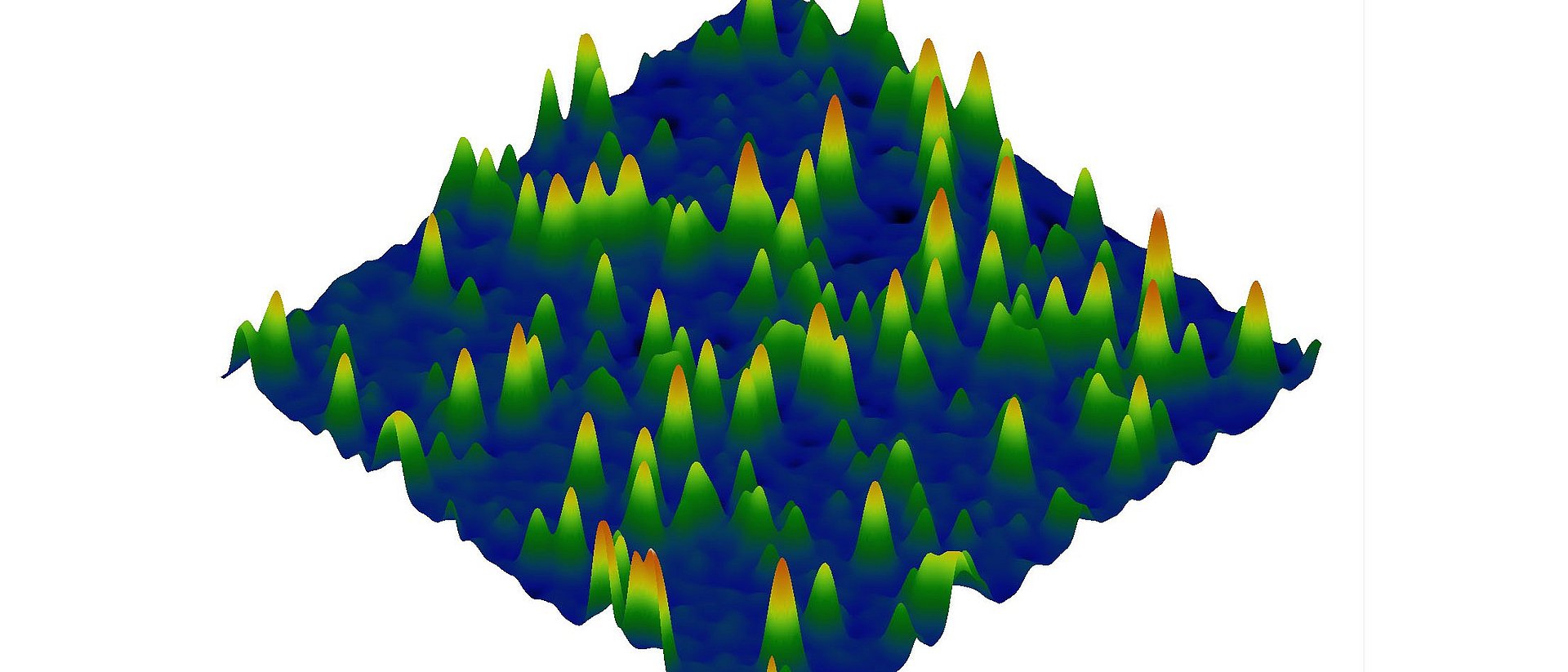
Every year, the European Research Council awards its acclaimed ERC Grants to fund cutting-edge research projects in a variety of categories. Starting Grants are reserved for scientists who are in the early years of their careers. The value of each grant can be as high as EUR 1.5 million.
In addition to the seven Starting Grants, three TUM projects have been singled out for Proof-of-Concept Grants. This form of funding is awarded to scientists who want to see if their ERC research projects can be turned into marketable innovations. As an entrepreneurial university, TUM places a strong emphasis on this aspect of research and provides targeted support for researchers’ and students’ start-up projects. These latest Starting Grants and Proof-of-Concept Grants bring the number of ERC Grants awarded to TUM scientists to 117.
Dr. Jennifer Altomonte (medicine)
Immunotherapies are a promising new treatment option for cancer. So far, however, their success has mainly been limited to patients with leukemia. As part of her ONCO-VAX project, Dr. Altomonte aims to develop effective immune therapies to combat hepatocellular carcinomas. These are particularly resistant to attacks from the immune system. Virus-based immune therapies use viruses that are altered in such a way that instead of causing illnesses, they trigger molecular processes in the body. Dr. Altomonte and her team have developed a “chimera virus” which exploits the advantages of two kinds of virus. It only infects tumor cells and triggers their death via an effective cell-cell fusion reaction. Dr. Altomonte wants to use this virus as the basis for a new vaccine against liver cancer that will harness the body’s own immune system to develop an extensive and effective therapeutic agent.
Dr. Jennifer Altomonte heads up a research group at the Department of Internal Medicine II at TUM’s Klinikum rechts der Isar.
Prof. Job Boekhoven (chemistry)
Active droplets are tiny drops of insoluble molecules that exist in water. Due to their active nature, these droplets show life-like behavior. For example, the droplets only form when external energy is supplied, and they dissolve again when the energy is no longer sufficient. They can even multiply by division when abundant energy is present. They play an important role in the function of certain organelles in the cells of our body. In his ActiDrops project, Prof. Boekhoven will produce synthetic active droplets for the first time. With these droplets, he is interested in phenomena that have so far only been predicted using theoretical models such as the collective behavior of droplets. The insights gained could reveal more about how life on Earth came about and also pave the way for synthetic life.
Prof. Job Boekhoven is Professor of Supramolecular Chemistry.
Dr. Felix Deschler (physics)
Hybrid perovskites are semiconductors that comprise organic and inorganic components. They have the potential to be used as highly efficient materials – for example, for solar cells and LEDs of the future – as they can convert light into power very effectively, are easy to manufacture and also extremely defect tolerant. Dr. Deschler aims to develop new hybrid perovskite materials with a dual function in his TWIST project. The materials should, on the one hand, be high-intensity semiconductors with easily controllable properties. On the other hand, it should also be possible to have a targeted influence on the spin of the charge carriers. Effective semiconductors demonstrating both properties have not been developed to date. The perovskites Dr. Deschler hopes to develop could, for example, be used to manufacture LEDs that emit circularly polarized light. These could be deployed in anti-reflection and highly efficient displays and spintronics components.
Dr. Felix Deschler leads an Emmy Noether research group at TUM’s Walter Schottky Institute.
Prof. Michael Knap (physics)
Some of today’s conventional processors are reaching the limits of what they can achieve. Quantum computers are seen as a promising alternative as they can deal more effectively with many different problems – in theory, at least. In reality, many of the basic principles of the quantum materials to be used in these computers are still shrouded in mystery. Prof. Knap is investigating the properties of these systems in his CosQuanDyn project. His research focuses on constrained quantum systems that are far from their thermal equilibrium. The constraint for quantum particles in these systems is that they can only take up certain configurations, with others being “forbidden”. New materials with these properties could be used in future to practically realize qubits, the computing modules of quantum computers. Prof. Knap aims to study these systems at theoretical level and thereby lay the foundations for future experiments.
Prof. Michael Knap is Professor of Collective Quantum Dynamics.
Dr. Barbara Lechner (chemistry)
Even though we cannot see it, solids are in a constant state of motion, just like gases and liquids. In the case of catalysts, which are indispensable in the chemicals industry, structural and chemical changes can have a major impact on function. Dr. Lechner aims to study the dynamic restructuring of model catalysts at atomic level in her TACCAMA project. To this end, she inserts a scanning tunneling microscope with high temporal and spatial resolution directly into reactive gas mixtures. This allows her to investigate how the structure of catalyst particles and substrate change under reaction conditions. By using small clusters with a precisely defined number of atoms, Dr. Lechner can investigate how highly reactive particle structures appear and disappear, how this process can be controlled, and how it influences the function of the catalyst. This knowledge could lead to the development of more cost-effective alternatives to the precious metal catalysts commonly used today.
Dr. Barbara Lechner heads up a junior research group at the Chair of Physical Chemistry.
Prof. Susanne Mertens (physics)
Alongside the known active neutrinos which interact with other matter, sterile neutrinos could also potentially exist. They would be heavier than active neutrinos and their interaction with other particles would be much weaker. Prof. Mertens intends to search for these hypothetical particles as part of her SENSE project. Her most important tool is the KATRIN experiment, in which the decay of tritium causes electrons and neutrinos to be released – some of which could turn out to be sterile neutrinos. Proving the existence of sterile neutrinos could solve the mystery surrounding dark matter, which makes up one quarter of the universe. Sterile neutrinos are promising candidates for this dark matter.
As a researcher in the MaxPlanck@TUM program, Prof. Susanne Mertens is Professor of Dark Matter at TUM while also heading up a research group for experimental neutrino physics at the Max Planck Institute of Physics. As well as excellent research opportunities, the program gives outstanding young researchers clearly defined career prospects in TUM’s Tenure Track system.
Dr. Veit Rothhammer (medicine)
Multiple sclerosis (MS) is a condition where the immune system attacks the brain and spinal cord. The damage is often irreversible, even though certain cells in the nervous system known as astrocytes are, in principle, able to trigger regeneration. For reasons that have remained a mystery to date, however, they only do this to a very limited extent in the late stages of MS. Dr. Rothhammer plans to investigate the causes for this in his “HB-EGF in CNS inflammation” project. His starting point is the protein HB-EGF, which is produced by astrocytes and evidently influences their regenerating function. Dr. Rothhammer aims to discover how the secretion of HB-EGF during the course of MS is controlled and to find out whether the protein has potential as a new therapy. In a further step, he wants to use tissue samples from MS patients to test the benefits of HB-EGF as a biomarker for MS, which could help to predict the progression of the disease.
Dr. Veit Rothhammer leads the Experimental Glia Biology working group at the Department of Neurology at TUM’s Klinikum rechts der Isar.
Proof-of-Concept Grant: Prof. Daniel Cremers (informatics)
Prof. Cremers conducts research in the field of mathematical image processing and pattern recognition. The Proof-of-Concept Grant for his “Simultaneous Localization & Mapping for Augmented Reality” project will be used to further develop the technology he previously investigated in his “3D Reloaded” project. This involved the use of algorithms to model the real world in 3D and in real time with the help of two-dimensional videos. Prof. Cremers now wants develop this technology for smartphones, enabling users to find their way in locations where GPS is not available – for example, locating the correct exit in a subway station or navigating to a special exhibit in a museum. He also wants to develop the augmented reality applications further to allow new objects to be added to the 3D model of reality. This would allow surgical teams to practice new operations, for example, or enable customers looking to buy a sofa online to see how virtual copies of retailers’ models would look in their own living room.
Prof. Daniel Cremers has been Professor of Image Processing and Pattern Recognition at TUM since 2009. The ERC previously awarded him a Starting Grant in 2009 and a Consolidator Grant in 2014 for his research.
Proof-of-Concept Grant: Prof. Dimitrios Karampinos (medicine)
In 2030, half of humankind is expected to be overweight. Since obesity can lead to serious illnesses like diabetes and cardiovascular disease, researchers all over the world are looking into ways to reduce obesity and encourage people to change their lifestyles. Funded by the ERC, Prof. Karampinos has developed an MRI technology to non-invasively assess fat microstructure. In his Proof-of-Concept project, FatVirtualBiopsy, he will further develop this technology for a wider clinical use by doctors and specialists. Visualizing lipid droplet size in the bodies of patients directly, painlessly and in real-time could be part of future clinical obesity prevention programs and used as a way to assess the success of therapies and interventions.
Prof. Dimitrios Karampinos is Professor of Experimental Magnetic Resonance Imaging. The Proof-of-Concept project builds on his 2015 ERC Starting Grant project ProFatMRI.
Proof-of-Concept Grant: Prof. Stephan Sieber (chemistry)
Vitamin B6 is an important part of a balanced diet. However, certain population groups – including the elderly, diabetes sufferers and alcoholics – tend to be deficient in this vitamin. Tests monitoring levels of vitamin B6 have thus far been laborious and imprecise, and they can only be performed by medical professionals with lab equipment. In his “B6VitaStat” Proof-of-Concept project, Prof. Sieber aims to develop a vitamin B6 test that is reliable, inexpensive and easy to perform. At the core of this test are molecular sensors that were developed by Prof. Sieber in his ERC-funded CHEMMINE project. These sensors allow a vitamin B6 deficiency to be identified via a blood sample. Prof. Sieber plans to make his test kit robust so that it can also be used in regions with a poor medical infrastructure.
Prof. Stephan Sieber holds the Chair of Organic Chemistry II. His research has been funded from a number of sources, including a Starting Grant and a Consolidator Grant from the ERC.
Technical University of Munich
Corporate Communications Center
- Paul Hellmich
- paul.hellmich@tum.de
- +49 (0) 89 289 22731
- presse@tum.de
- Teamwebsite
